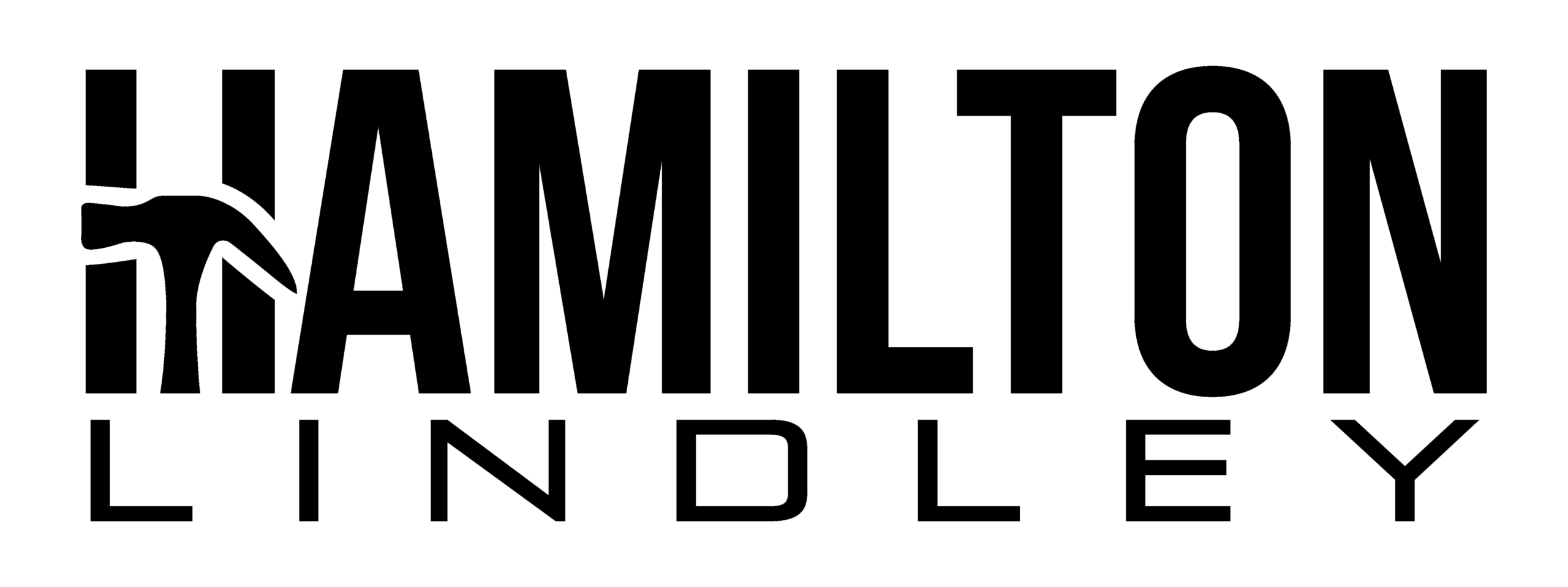When people started working from home, some bosses found it hard to keep the team spirit strong. This is especially tough when experienced leaders are far away, and junior workers miss learning from them. Some workers who usually work in stores felt like they were treated unfairly when office folks got to stay home. But, you can still make your team awesome with these four tips!
Make Work Meaningful:
- Doing work that matters is super important. If people don’t think their job helps the company, they might want to quit. Help your team see why their tasks are important. Managers should explain why each job matters, how it fits with the company’s big goals, and how it affects others.
Be Clear and Decisive:
- Don’t be afraid to make clear decisions, even if it feels a bit tough. It’s kind to give your workers freedom, but it’s even kinder to be clear about where the company is going. When everyone knows what’s happening, they can make better choices. It’s the confusion that causes more problems.
Trust Your Team:
- As a leader, guide your team instead of bossing them around. Tell them what goals you want them to reach, and let them figure out how to get there. This might feel a bit strange, but by letting your team decide on their own, you’ll end up with better results. Teams that trust each other and feel safe are 40% more productive.
Include Everyone:
- Some folks don’t want to go back to the office because the old way of doing things wasn’t great. It might not have been fair for everyone. Use this chance to create a new and better culture. Make sure everyone gets a fair shot. Managers should notice who talks the most in meetings or who gets credit for good work. Make project criteria super clear to avoid unfairness.
Leaders are facing a lot of uncertainty now, and teams have been stuck at home for a long time. Leaders need to change how they work. By following these four tips, no matter where your team is, you can make your workplace awesome!

